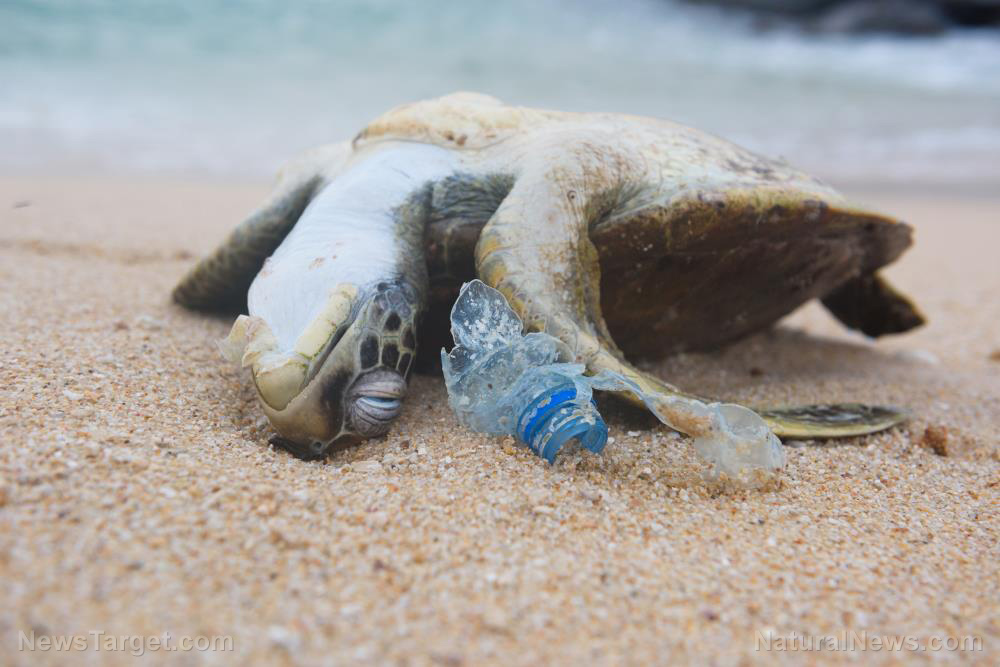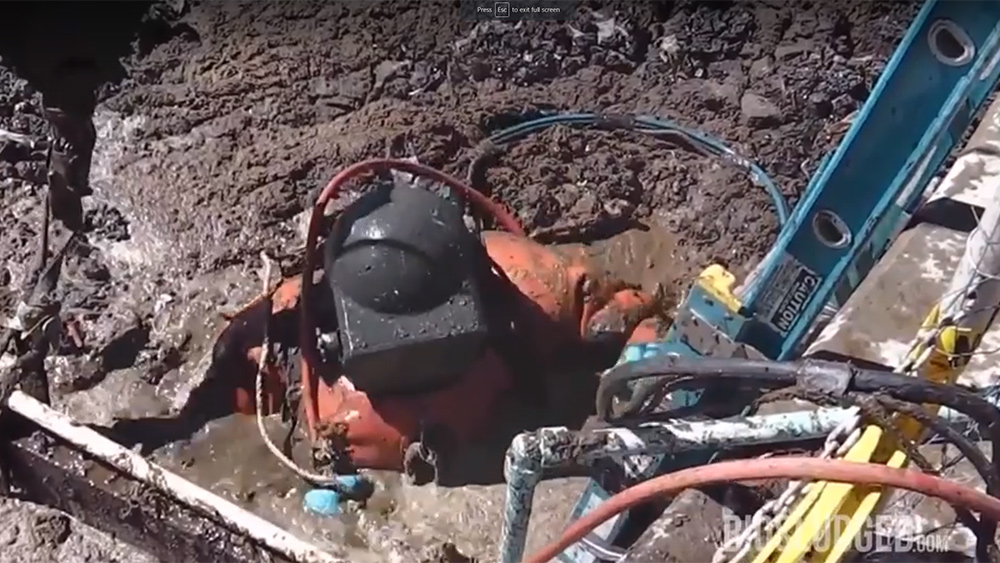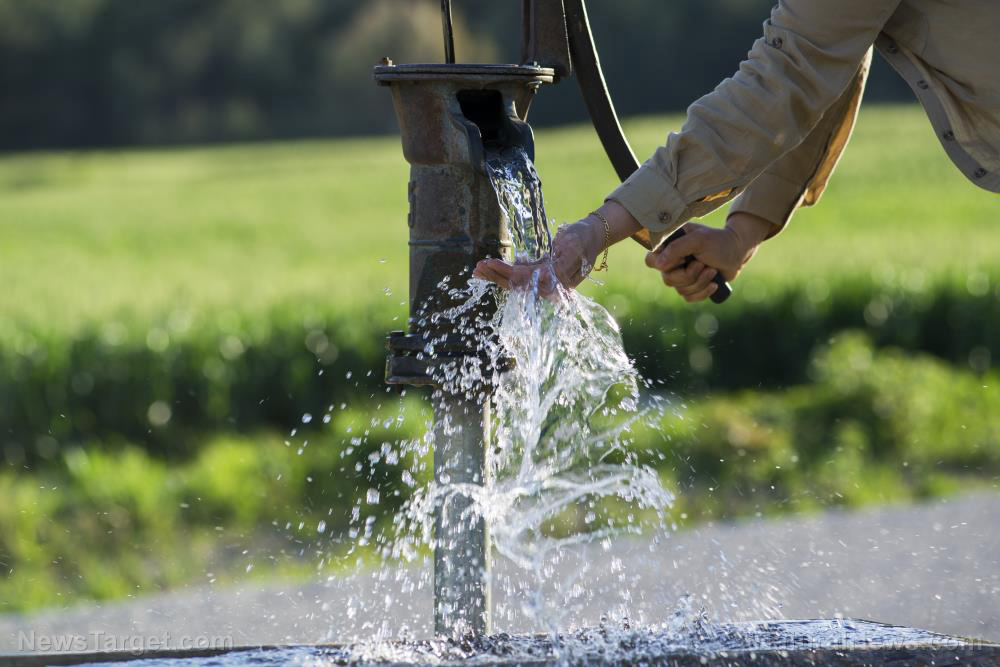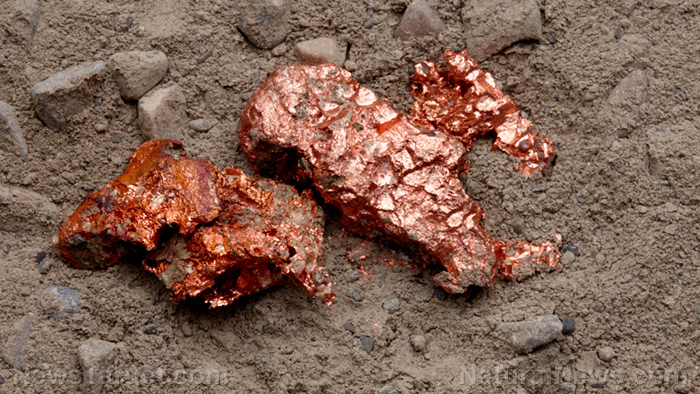Coal plants in Pennsylvania are dumping toxic pollution in rivers under expired permits
10/18/2018 / By Edsel Cook
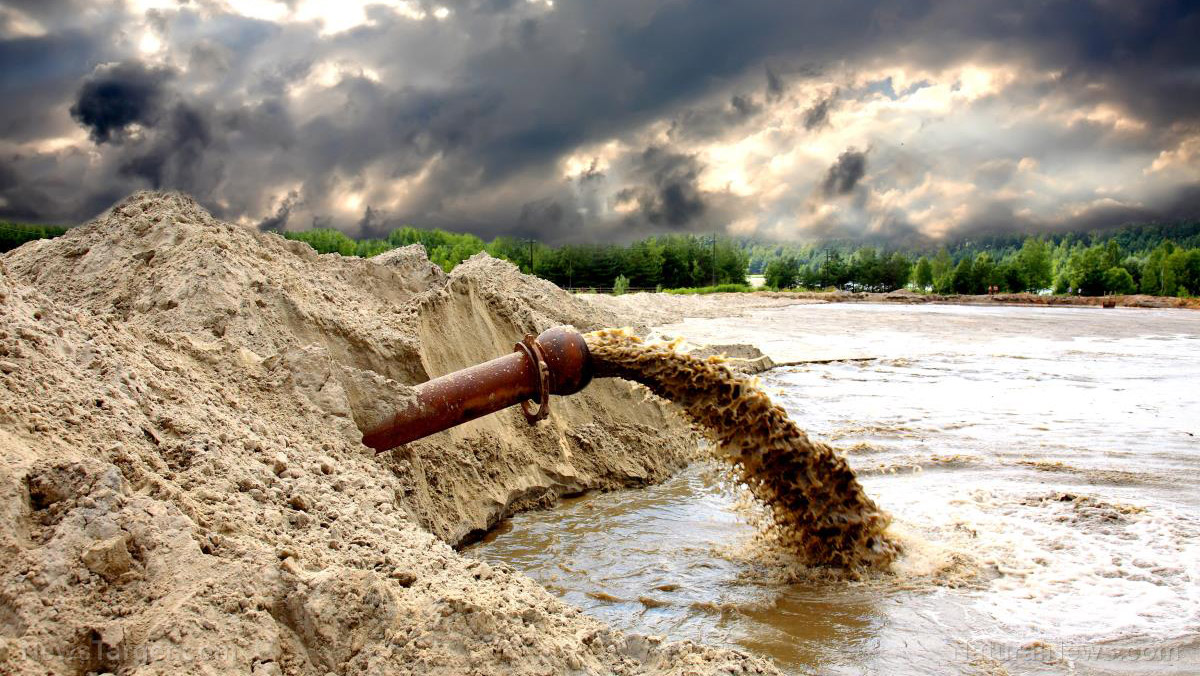
Pennsylvania is defined by its winding rivers and lovely lakes. But the beauty and health of those vital waters are threatened by pollution discharge from local coal plants that haven’t renewed their permits in years, according to a Sierra Club article.
There are 20 coal-fired power plants operating in the state. In addition to the dark columns of air pollution that spew from smokestacks, burning coal generates arsenic, lead, mercury, selenium and other heavy metal byproducts.
These toxic wastes are discharged into nearby rivers or lakes, where they will accumulate in fish and contaminate the water. People who consume either of those can contract cancer, encounter problems with their kidneys and livers, and witness their children’s IQ drop.
Other noxious waste products from coal-fired operations include sulfuric acid and coal ash. The latter requires storage in a well-lined ash pond to prevent the leakage of heavy metals into the groundwater nearby bodies of water.
Coal plants like the Bruce Mansfield Power Plant, however, skimp on the linings of their ash pits. The unlined coal-slurry pond called Little Blue Run is the largest in the world. It’s also right beside the Ohio River.
Coal plants don’t bother renewing permits
Now, the Clean Water Act has set maximum amounts of water pollution that such facilities can discharge into their surroundings. It also compels coal-fired power plants to secure five-year discharge permits from their state’s Department of Environmental Protection (DEP), which will make sure the applicants are using modern technologies to minimize their pollution.
Unfortunately, that’s not the case in Pennsylvania, where coal power plants haven’t renewed their water pollution permits for years.
The Cheswick Generation Station, for example, last secured a permit in 2007. That expired in 2012, but Cheswick never bothered to get a new one from the Pennsylvania DEP, which in turn didn’t prosecute the plant or other offenders.
The 2016 Toxic Release Inventory from the U.S. Environmental Protection Agency (EPA) identifies Cheswick as the second-biggest air polluter in Allegheny County and one of the major offenders in terms of lead pollution. The power plant was further indicted by a 2015 PennEnvironment report titled, “Toxic Ten.”
More than 30,000 people live within three miles of the plant.
Pollution control technology and policy have left Cheswick and other coal plants behind. New regulations require plant operators to run all of their existing pollution control systems.
However, coal plants with outdated permits have left their NOX controls off, exacerbating Allegheny County’s issues with ground-level ozone smog. (Related: Old-school smog solution: Wear a giant fishbowl on your head.)
Coal plants aren’t the only offenders, nor the biggest ones. Steel mills like ATI Flat Rolled Products and Coke facilities like U.S. Steel Clairton Coke Works are even worse polluters than Cheswick.
It took a lawsuit to get the DEP moving
The Sierra Club and two other conservation groups previously sued the Pennsylvania DEP for allowing 10 coal-fired power plants to keep dumping toxic waste despite outdated water pollution permits. They settled the suit once the DEP acknowledged it should be enforcing its own rules.
The DEP pleaded budget cuts and understaffed offices for its slow action against the offenders.
Following this settlement, the DEP will be drafting new water pollution permits for the 10 coal plants with expired permits. The drafts will be published to the Pennsylvania Bulletin, where the public can submit comments over the next 30 days.
Another notoriously dirty Pennsylvania coal plant, the Brunner Island facility, plans to stop burning coal.
Cheswick secured an updated Title 5 air quality permit from the DEP, which resulted in significant reductions of smog-related pollutants from the plant. It has not yet secured an updated water pollution permit.
Read more about the causes of pollution in rivers at Pollution.news.
Sources include:
Tagged Under: clean water, coal ash, coal plants, coal-fired power plant, environment, smog, Sulfuric acid, toxic water




